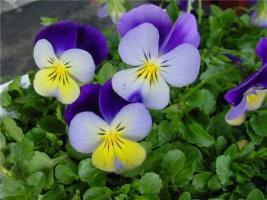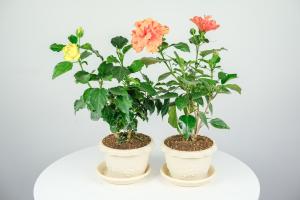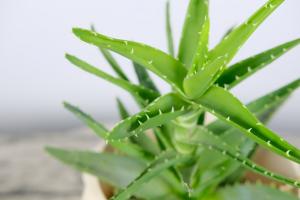Should Potting Soil Be Used as a Sole Planting Medium?
Potting soil is a popular choice for planting containers and indoor plants. It comes pre-packaged and is easy to use. However, there is a growing debate about whether potting soil should be used as a sole planting medium, or whether it needs to be mixed with other materials. In this article, we’ll explore the pros and cons of using potting soil and whether or not it’s the best choice for your plants.
Pros of Using Potting Soil
The main benefit of using potting soil is its convenience. It’s easy to use and comes pre-packaged, so you don’t have to worry about mixing your own soil. Additionally, potting soil is formulated with a mix of materials that are designed to promote healthy plant growth, such as organic matter, perlite, and vermiculite. This makes it an excellent choice for plants that require good drainage and aeration.
Potting soil is also sterile, meaning it doesn’t contain any weed seeds or harmful pathogens. This reduces the risk of plant disease and pests, which is especially important for indoor plants. Furthermore, potting soil is pH balanced, which ensures that your plants get the proper nutrients they need to thrive.
Cons of Using Potting Soil
Despite its benefits, there are some drawbacks to using potting soil as a sole planting medium. One of the biggest concerns is that potting soil is not a sustainable choice. It’s made from non-renewable resources, such as peat moss, which is harvested from bogs. This contributes to habitat destruction and carbon emissions. Additionally, potting soil is often packaged in non-recyclable plastic bags, which adds to the waste problem.
Another issue with potting soil is that it may not provide enough nutrients for certain plants. While it’s true that potting soil is pH balanced and contains some organic matter, it lacks the diversity of nutrients found in natural soil. This can limit the growth and productivity of some plants. Additionally, potting soil tends to dry out quickly, which means you may need to water your plants more frequently to keep them healthy.
Alternatives to Potting Soil
If you’re concerned about the sustainability of potting soil or you want to provide your plants with a more diverse range of nutrients, there are alternatives you can consider. One option is to make your own soil mix using compost, vermiculite, perlite, and other materials. This allows you to control the nutrient content and provide your plants with a more natural substrate to grow in.
You can also look for sustainably-sourced potting soil alternatives. For example, there are now potting soils made from coir, which is a renewable and sustainable material made from coconut husks. Coir-based potting soils provide good drainage and aeration, and they’re pH balanced like traditional potting soils.
Conclusion
So, should you use potting soil as a sole planting medium? The answer really depends on your personal preferences and the specific needs of your plants. Potting soil is a convenient choice that provides good drainage and is pH balanced, but it’s not the most sustainable option and may lack some of the nutrients found in natural soil. Consider making your own soil mix or looking for sustainable alternatives if you want to provide your plants with a more diverse substrate to grow in. Ultimately, the most important thing is to choose a planting medium that works best for your plants and helps them thrive.

 how many times do yo...
how many times do yo... how many planted tre...
how many planted tre... how many pine trees ...
how many pine trees ... how many pecan trees...
how many pecan trees... how many plants comp...
how many plants comp... how many plants can ...
how many plants can ... how many plants and ...
how many plants and ... how many pepper plan...
how many pepper plan...





























